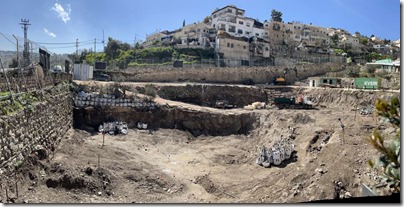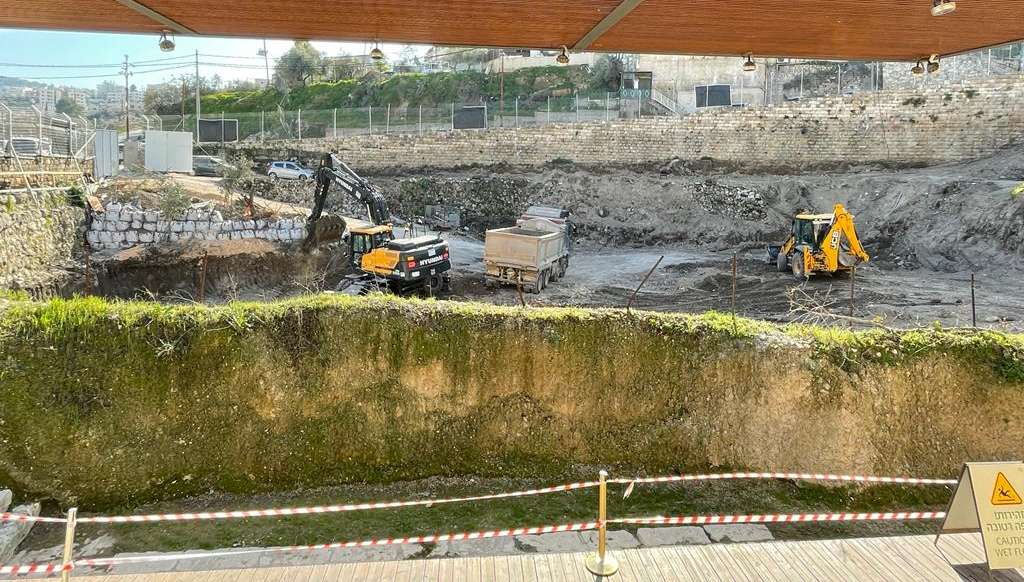A new study suggests that a 10th-century BC inscription discovered near the Temple Mount in Jerusalem may have been written in the Ancient South Arabian language, providing a possible link with the Queen of Sheba’s visit to Solomon.
Gold jewelry discovered in a Roman-era tomb on Mount Scopus in Jerusalem in 1971 is now on display for the first time. The jewelry “bears the mark of the Roman goddess of the moon Luna.”
Ruth Schuster investigates the earliest Christian pilgrims to the Holy Land and how they knew were to go.
It’s a Passover tradition for journalists to write about the exodus, and Judith Sudilovsky’s article in The Jerusalem Post is not entirely negative.
You can find the full series of Passion Week devotionals written by Will Varner and illustrated with our photos here.
Megan Sauter considers the question of how Jesus’s tomb was sealed.
Chris McKinny and Kyle Keimer discuss the archaeology of the Passion Week in a three-part series on the Biblical World podcast.
John DeLancey is on The World and Everything in It talking about the Church of the Holy Sepulcher (23:40; transcript at link).
Israeli police detained several individuals with lambs or goats near the Temple Mount.
Jordan Ryan’s recent BAR article, “Jesus in the Synagogue,” is excerpted online, including a list of 16 synagogues in Judea and Galilee that date before AD 135.
Ellen White writes about Israelite attitudes toward dogs.
Peter Lacovara attempts to explain why ancient ivory cosmetic spoons were made in the shape of a young girl swimming.
Archaeologists excavating the Hyksos palace at Tell el-Daba have discovered 12 severed hands.
“Researchers at Simon Fraser University (SFU) in Ottawa, Canada are learning more about ancient graffiti and their amazing comparisons with modern graffiti as they produce a state-of-the-art 3D recording of the Temple of Isis in Philae, Egypt.”
New release: Assyria: The Rise and Fall of the World’s First Empire, by Eckart Frahm (Basic Books, 528 pages, $35; Amazon).
New release: The Oxford History of the Ancient Near East: Volume IV: The Age of Assyria, edited by Karen Radner, Nadine Moeller, and D. T. Potts (Oxford, 1288 pages, $150; Amazon)
Turkish Archaeological News has a roundup of stories in the month of March.
Greek City Times has a survey of the (many) Greek theaters in Turkey.
“The Asia Minor Research Center is pleased to announce a new study program in Turkey for people in the Majority World.”
The Gospel of Matthew in the LUMO Project has been dubbed using a restored Koine Greek pronunciation.
WarGamer’s April Fool’s prank was about the world’s first trading card game.
The Oriental Institute is being renamed to the “Institute for the Study of Ancient Cultures, West Asia and North Africa.” Pretty catchy.
HT: Agade, Arne Halbakken, A.D. Riddle, Andy Cook, Ted Weis, Gordon Dickson, Keith Keyser, Explorator

